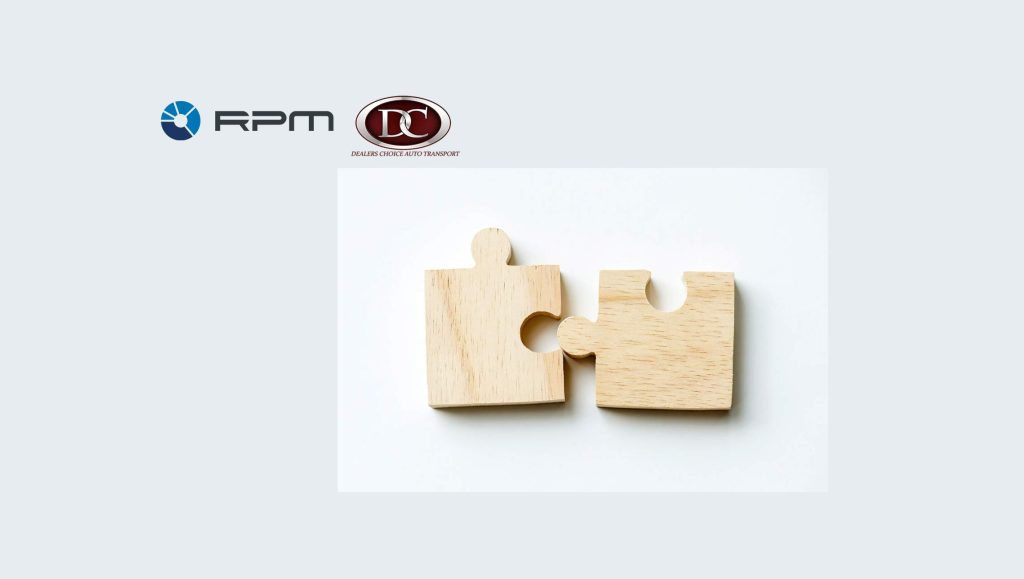Sales professionals are well versed in the various pricing models in the technology industry today, as well as the evolving popularity of certain models over others. For instance, many software products used to be priced according to a one-time perpetual use license until recurring subscription pricing rose to prominence in its place. Today, many companies are enhancing their technology business to include consumption (pay what you use models) in addition to a subscription option. Consumption pricing presents numerous benefits to both companies and their customers, but the model also carries some complexity. Read on to learn about consumption pricing models, the potential challenges they bring, and best practices for transitioning from subscription pricing.
Read More: How To Rapidly Scale Your Sales Team
Overview of Consumption Pricing Models
At a basic level, consumption pricing is self-explanatory – customers pay for the product based on their usage. This pay-what-you-use structure benefits both businesses and their customers. For businesses, the model is both easy to sell and an effective driver of customer lifetime value, thanks to its focus on customer success. For customers, consumption pricing presents a high degree of transparency and assurance that they’re only paying for what they use.
Moving beyond the basics, there are four primary types of consumption pricing seen in the technology space today:
- No contract: A straightforward pay-as-you-go structure where the customer doesn’t have to provide contractual commitment.
- Uncommitted Contracts: Customers sign contracts, but without any commitment to spend a certain amount of money. Instead, the contracts typically focus on locking in a usage pricing rate and a contract term length.
- Committed Contracts: Customers sign contracts with commitments to spend a prespecified amount of money before their contract term ends. Depending on the particular vendor, any remaining funds at the end of the term may be either charged or rolled over into a new contract.
- Committed and Uncommitted Contracts: A hybrid structure where contracts include provisions for both committed and uncommitted dollar spends. Some vendors will be able to estimate the uncommitted spend amount, but most cannot.
Potential Challenges of Consumption Pricing Models
Consumption pricing is associated with a handful of potential hurdles for businesses to overcome. Tech companies who are considering implementing a consumption model should prepare themselves with this information before making the switch.
First, consumption pricing can make it harder for businesses to sustain and predict their revenue. If customers are truly only paying for what they use, that means businesses sacrifice revenue previously captured through “just in case” clauses in their old pricing contracts. Furthermore, some businesses may have a tough time in forecasting their customers’ usage, which could translate to unpredictable revenue streams. It’s crucial for vendors to keep these factors in mind as they undergo financial planning for consumption modeling, and setting quotas for their sales reps.
Read More: How Payment Providers Can Drive Retail Forward
Another potential challenge of consumption pricing is the requisite shift in business processes for vendors who implement the model. Customer-facing professionals like account executives and customer success managers will need to change their engagement tactics to drive continual consumption. Businesses must also adjust their tracking processes if they want to capture vital data on customer usage patterns.
Finally, it can be tricky for businesses to design sales compensation plans around consumption pricing models. Sales reps will need to focus on multiple persuasion points – first in nurturing and winning contracts/activations, and later in driving continued consumption. Sales reps accustomed to subscription and one-time pricing models may not have previously focused on driving ongoing adoption, and it may take an adjustment period to get up to speed.
Armed with knowledge of potential challenges of consumption models, we can now focus on what it looks like for businesses to transition from subscription pricing to consumption pricing.
Transitioning to Consumption Models
Migrating to a consumption pricing model is a complex process. Below is a high-level outline of best practices for businesses interested in making the switch.
- Planning: Draft a comprehensive plan outlining change management, key dependencies, potential challenges, anticipated short-term cost increases, potential performance scenarios, impact on revenue, and investment required for implementation.
- Strategy: Analyze your existing customer pool and determine which segments (if any) would be good fits for a consumption model. Once you’ve identified potential candidates, put together a proposal or use-case to demonstrate the value and outcomes of consumption pricing. At the same time, map out exactly how the consumption model would affect your sales team and customer-facing roles. How will their day-to-day responsibilities change?
- Sales Compensation: Shift your sales comp model to accommodate the multiple persuasion points associated with consumption pricing. Ensure your incentive metrics align to your pricing model (no contract, uncommitted contract, committed contract, or hybrid), and what you can measure.
- Reporting: Develop the appropriate system dashboards your team will need to track customer usage on a granular level. Be sure that your sales software (like your CRM) can deal with the consumption model as well.
Read More: What Happens When Bricks And Mortar Has A Tech Disorder
Takeaway
Consumption or usage pricing models are becoming increasingly popular among tech companies, and they can bring numerous benefits to both businesses and customers. With those benefits, however, come potential challenges and complexities, so businesses should be prepared with as much information as possible before they adopt consumption pricing.
Before beginning the process of migrating to a consumption model, ensure that it makes sense for your business and that you’re doing it for the right reasons. Consumption pricing doesn’t necessarily align with every company’s goals and business practices, but when implemented carefully and correctly it can prove transformational for businesses and their go-to-market strategies.




















